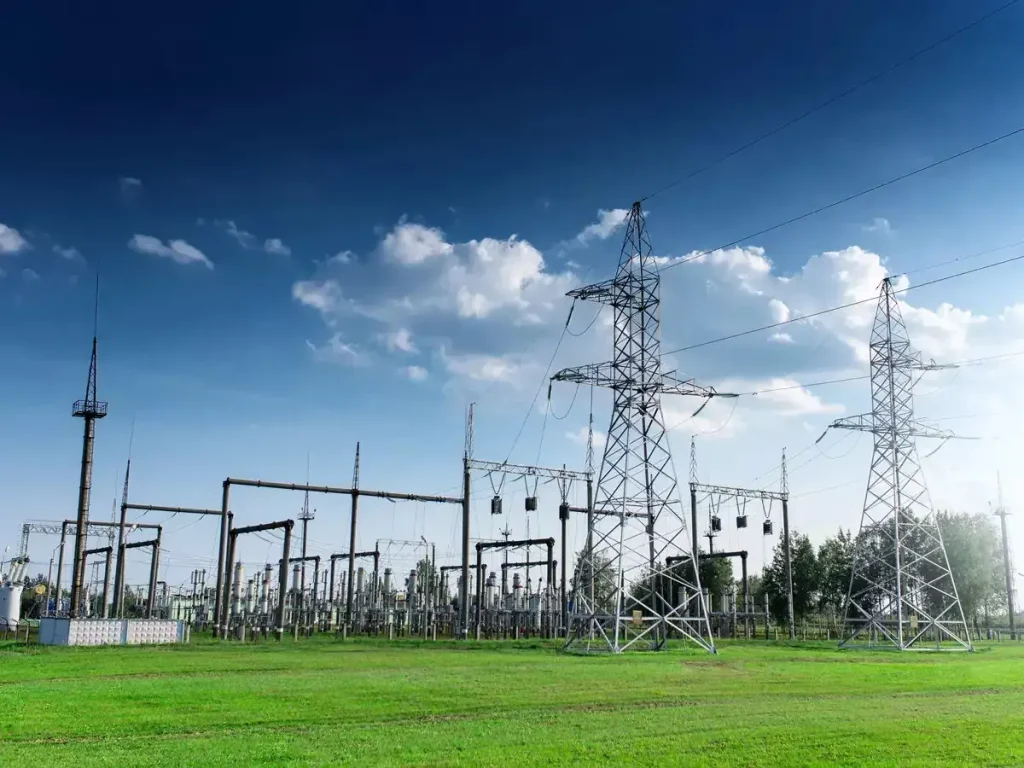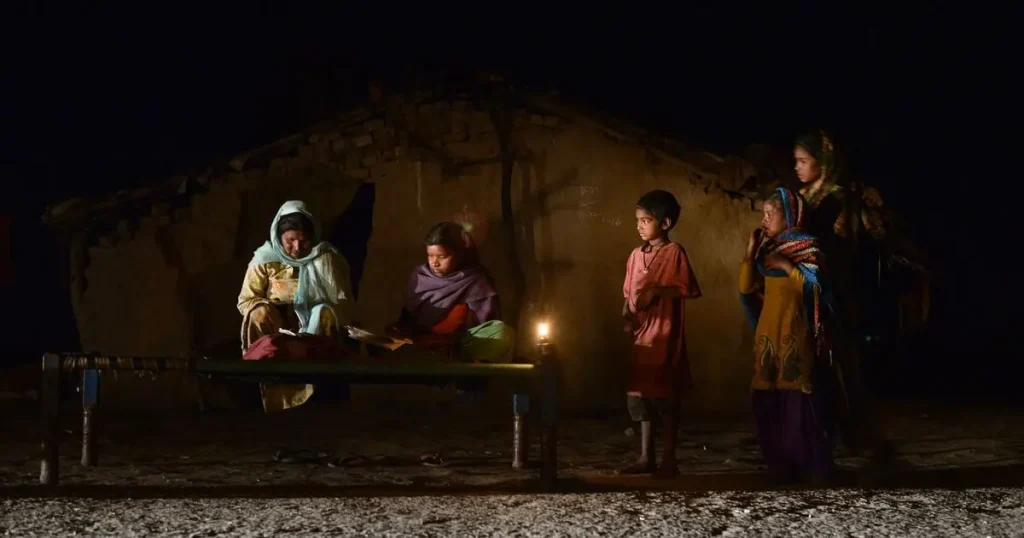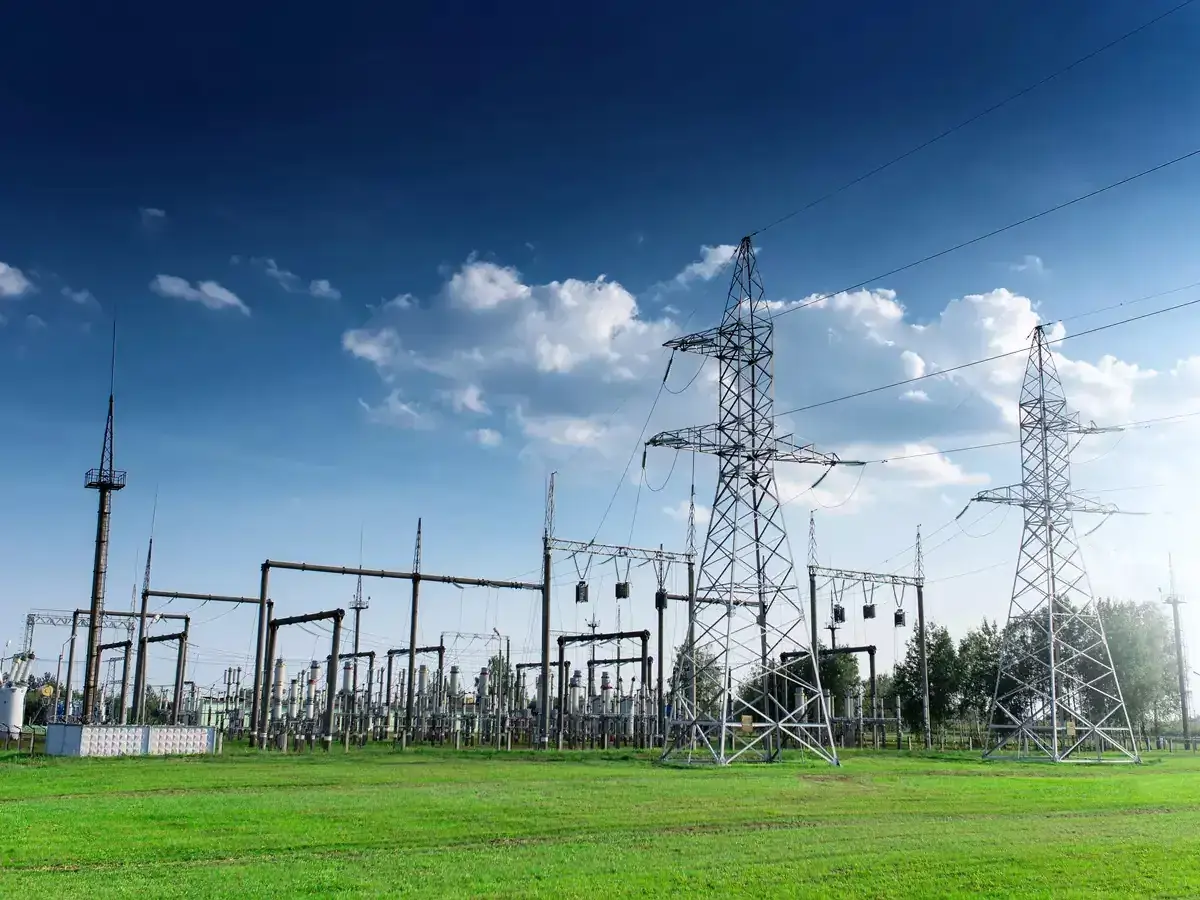
India’s total installed electricity generation capacity stands at approximately 472 GW, with a significant portion derived from renewable sources such as solar and wind energy.
The government has set an ambitious target of achieving 500 GW of renewable energy capacity by 2030. However, despite these advancements, rural regions often face power shortages.
| Factor | Details | Impact | Example (Source) |
|---|---|---|---|
| 1. Outdated Infrastructure | Old transformers, aging wires, poor maintenance systems | Frequent power outages, especially in summers | Ranchi: Over 150 poles damaged by storm, major transformer failure |
| 2. Load Shedding | High power demand in summer, limited rural feeder capacity | Power is cut in villages to prioritize urban areas | Villagers report only 12 hours of power despite 18-hour official mandate (Siddharthnagar, UP) |
| 3. Weather-Related Damage | Storms, extreme heat, strong winds damage poles and lines | Long blackouts in rural belts | Sambhajinagar: 640 poles bent, 24 transformers down due to storm (TOI) |
| 4. Poor Maintenance & Staff Shortage | Lack of trained manpower in rural areas, delayed repairs | Prolonged outages from small faults | Panchkula: Neglected tree branches led to major power failure (TOI) |
| 5. Overheating Transformers | Old or low-capacity transformers can’t handle heat load | Frequent transformer burnouts and blackouts | Common across UP villages during heatwaves |
Key Factors Contributing to Rural Power Outages
1. Infrastructure Limitations
Many rural areas are served by outdated and inadequate infrastructure. Old transformers, deteriorating power lines, and limited maintenance contribute to frequent breakdowns.
For instance, in Ranchi, a recent storm uprooted over 150 electric poles and damaged several transformers, leading to prolonged outages in rural neighborhoods.
2. Load Shedding During Peak Demand
During peak summer months, electricity demand surges due to increased use of cooling appliances. To manage this demand, power distribution companies often resort to load shedding in rural areas to prioritize urban centers.

This practice leaves villages with limited or no power during critical periods.
3. Natural Disasters and Weather Events
Severe weather events, such as storms and heavy rains, frequently damage power infrastructure in rural regions.
In Chhatrapati Sambhajinagar, pre-monsoon rains and strong winds bent over 640 electric poles and affected 24 transformers, causing widespread outages.
4. Maintenance Challenges
Regular maintenance is crucial for reliable power supply. However, rural areas often face a shortage of technical staff and resources, leading to delayed repairs and prolonged outages.

In Panchkula, residents reported that neglected warnings and inadequate tree pruning led to power lines being entangled with branches, causing outages during storms.
| Initiative | Action Taken | Objective |
|---|---|---|
| Grid Modernization | Upgrading transformers, cables, and grid systems | Ensure reliable power in rural areas |
| Renewable Energy Push | Solar microgrids, off-grid systems in villages | Energy access in remote, underserved regions |
| Distribution Reforms | Improving maintenance, addressing rural-urban imbalance | Sustainable, equitable power supply |
| Smart Meters & Monitoring | Better tracking of consumption and outages | Proactive fault detection and management |
| Training & Staffing | Hiring linemen and technical staff for rural feeders | Faster fault response and infrastructure upkeep |
Government Initiatives and Future Outlook
The Indian government recognizes these challenges and is implementing measures to enhance rural electrification:
- Infrastructure Upgrades: Investments are being made to modernize transformers, power lines, and substations in rural areas.
- Renewable Energy Integration: Efforts are underway to integrate decentralized renewable energy sources, such as solar microgrids, to provide reliable power to remote villages.
- Policy Reforms: Policies are being formulated to ensure equitable power distribution and to incentivize maintenance and rapid response in rural regions.

Despite these initiatives, challenges persist. Continued focus on infrastructure development, proactive maintenance, and community engagement is essential to ensure that the benefits of India’s growing power capacity reach every corner of the country.

